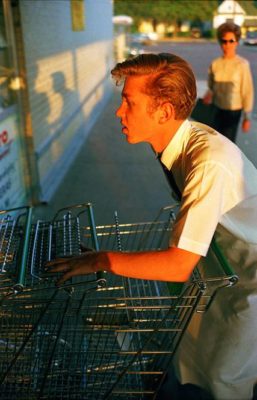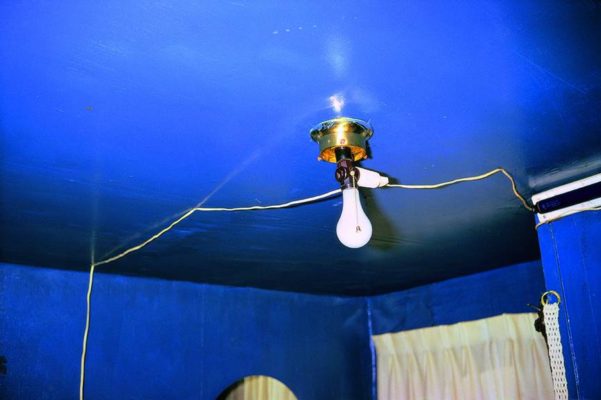A coproduction between the Musée de l’Elysée and the Fondation Henri Cartier-Bresson, the exhibition
William Eggleston, From Black and White to Color has been made possible thanks to the Eggleston Artistic
Trust, Memphis, the Wilson Centre for Photography, London, the Gagosian Gallery, Paris and the Rose
Gallery, Santa Monica. It receives support from PKB Privatbank.
William Eggleston, From Black and White to Color
“I had to face the fact that what I had to do was go out into foreign landscapes. What was new back then were shopping centers, and I took pictures of them.” William Eggleston
At the end of the 1950s, Eggleston began to take photographs near his home in the South of United States using black-and-white 35 mm film. Fascinated by the work of Henri Cartier-Bresson, Eggleston declared at the time: "I couldn't imagine doing anything more than making a perfect fake Cartier Bresson." Eventually Eggleston developed his own style which later shaped his seminal work in color - an original vision of the American everyday life with its icons of banality: supermarkets, bars, gas stations, automobiles and ghostly figures lost in space. Exhibited at MoMA in 1976, Eggleston’s work in color marked a turning point in the history of photography.
The exhibition gathers about one hundred prints in black-and-white and color, borrowed from various collections and from the artist’s archives. It shows the evolution, the breaks and above all the radicalism that gradually appeared in the photographer’s work when he took up color photography in the late 1960s. We sometimes find the same obsessions, or recurring themes, such as ceilings, food, waiting, as well as skewed and unconventional framing which he already used in his earliest works. It is the first exhibition of William Eggleston’s work at the Musée de l’Elysée, coproduced with the Fondation Henri Cartier-Bresson, Paris.
An eponymous catalogue, available in French and English, is being published for the occasion by Steidl



